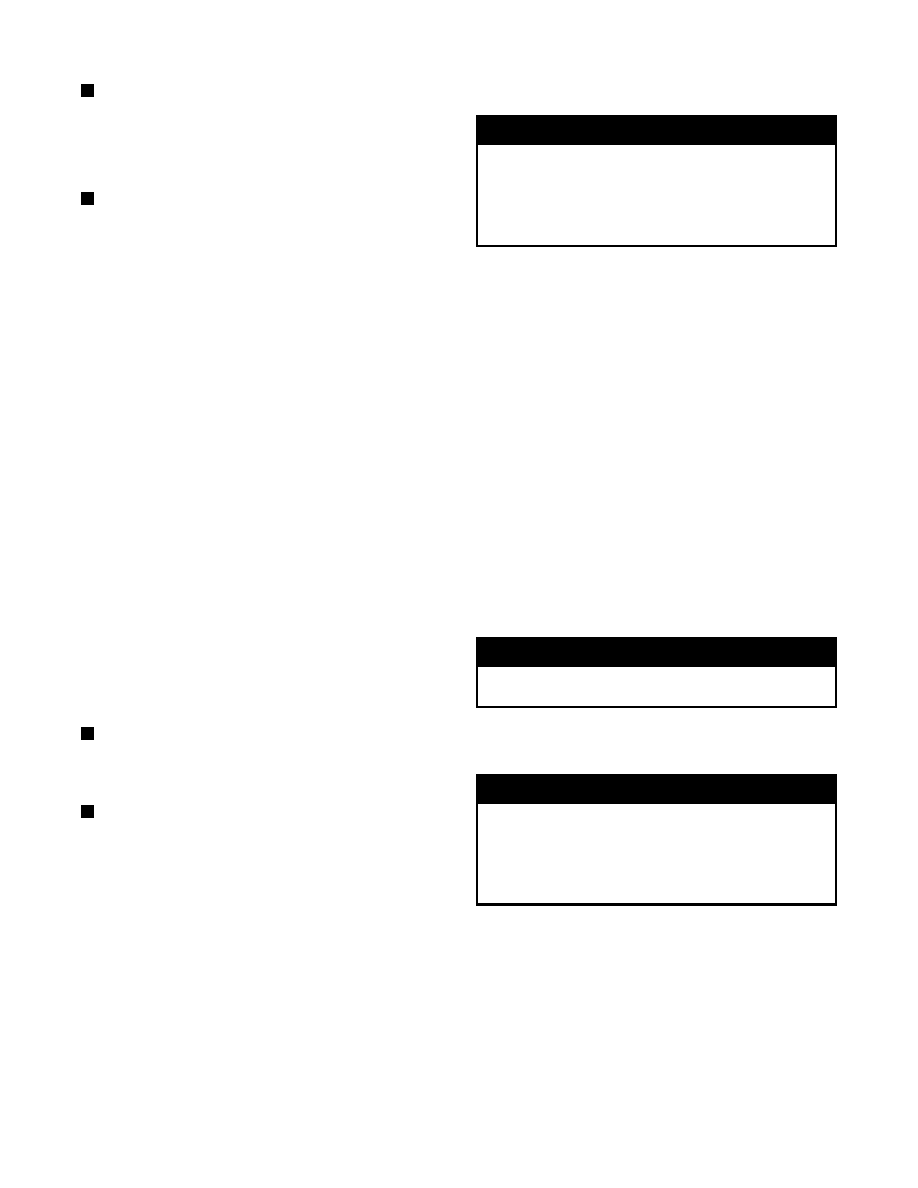Snowmobile Arctic Cat (2000 year). Manual - part 73

NOTE: For troubleshooting a model that will not
start, attach the analyzer as outlined under section
A. Conduct all of the following tests using the recoil
starter and cranking the engine over hard three
times. Use the specifications called out for 2000
RPM.
NOTE: The individual components must be
checked in the following sequence using the
appropriate specifications chart for recommended
values.
B. CHARGE COIL OUTPUT TEST
1. Perform sub-section A before conducting this
charge coil test.
2. Start the engine and allow it to idle for 4-5 minutes
if not previously done in step A-6. Select the
analyzer VOLT switch position and rotate the
analyzer selector to the CHRG position.
3. Operate the engine at 2000 RPM and observe the
analyzer charge coil reading. The observed reading
must not be less than the recommended value. Next,
observe the analyzer reading at 3000 and 4000
RPM.
4. If any readings are less than the listed values,
disconnect the CDI unit from the system; then using
the recoil starter, crank the engine over hard three to
four times. If the reading is within tolerance for
2000 RPM, the CDI unit may be defective. Repeat
the test once again after connecting the CDI unit
and see if the reading is once again below
specifications at cranking speed. If readings remain
low, replace the CDI unit. If the test results remain
low with the CDI unit disconnected, replace the
charge coil.
NOTE: A defective CDI unit can cause a low
reading for the charge coil output test. To verify
reading, step 4 under Charge Coil Output Test is
very important.
NOTE: The observed readings are permitted to be
greater than (but never less than) the recommended
values.
C. CDI OUTPUT TEST
1. Perform sub-sections A and B before conducting
this CDI test.
2. Rotate the analyzer selector to the CDI position.
3. Operate the engine at 2000, 3000, and 4000 RPM.
If any of the observed CDI readings are less than the
recommended values, replace the CDI unit.
D. LIGHTING COIL OUTPUT TEST
! WARNING
Elevate the snowmobile track with a goad quality
safety stand when performing the lighting coil
output test. Do not allow anyone near the front or
back of the machine while conducting this test.
All safety switches will be bypassed while
conducting the lighting coil output test.
1. Perform sub-section A before conducting this
lighting coil test.
2. Stop the snowmobile engine and disconnect the
snowmobile main wiring harness from the
four-prong analyzer wiring harness connector (the
four-prong analyzer wiring harness connector must
remain connected to the four-prong stator plate
connector).
3. Insert an auxiliary ground wire into the black wire
of the four-wire main harness connector on the
engine side. To stop the engine once it has been
started, touch the auxiliary ground wire to the
engine.
4. Rotate the selector to the LIGHT/TACH position.
5. Operate the engine at 2000, 3000, and 4000 PM. If
any of the observed lighting coil readings are less
than the recommended values, replace the stator
plate lighting coil.
! WARNING
Stop the engine and remove the auxiliary ground
wire before proceeding.
E. VOLTAGE REGULATOR OUTPUT
TEST
! WARNING
Elevate the snowmobile track with a good quality
safety stand when performing the voltage
regulator test. Do not allow anyone near the front
or back of the machine while conducting this
test. All safety switches will be bypassed while
conducting the voltage regulator test.
1. Perform sub-section D before conducting this
voltage regulator test.
2. Disconnect the analyzer wiring harness. Reconnect
all snowmobile electrical connectors to their
original positions.
3. Remove the analyzer from the handlebar and
disconnect the analyzer wiring harness from the
analyzer back-panel connector.
5-38